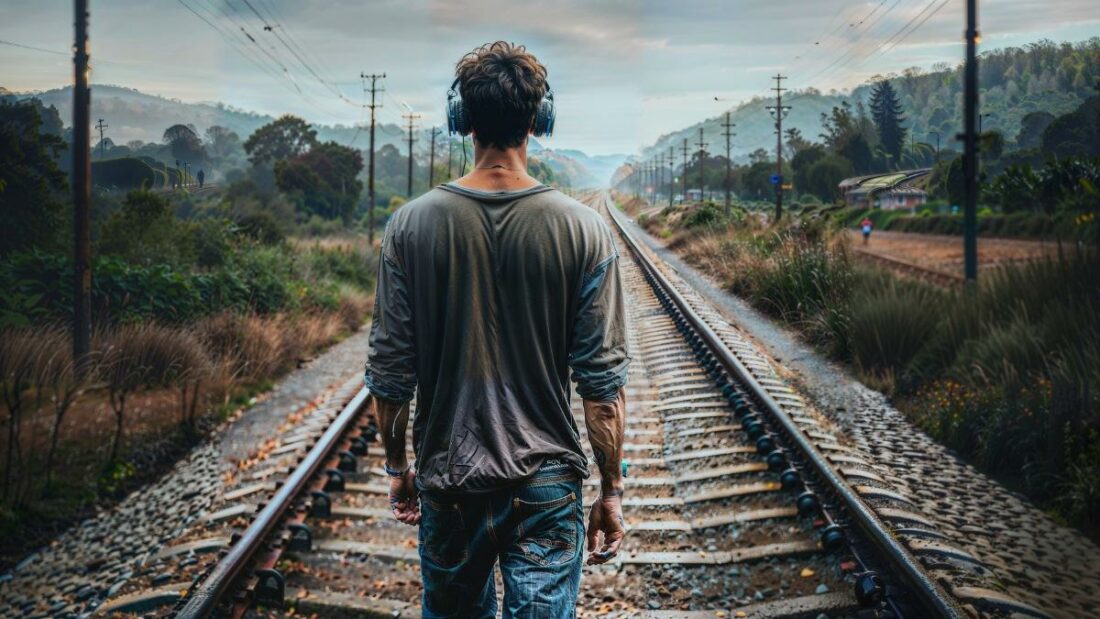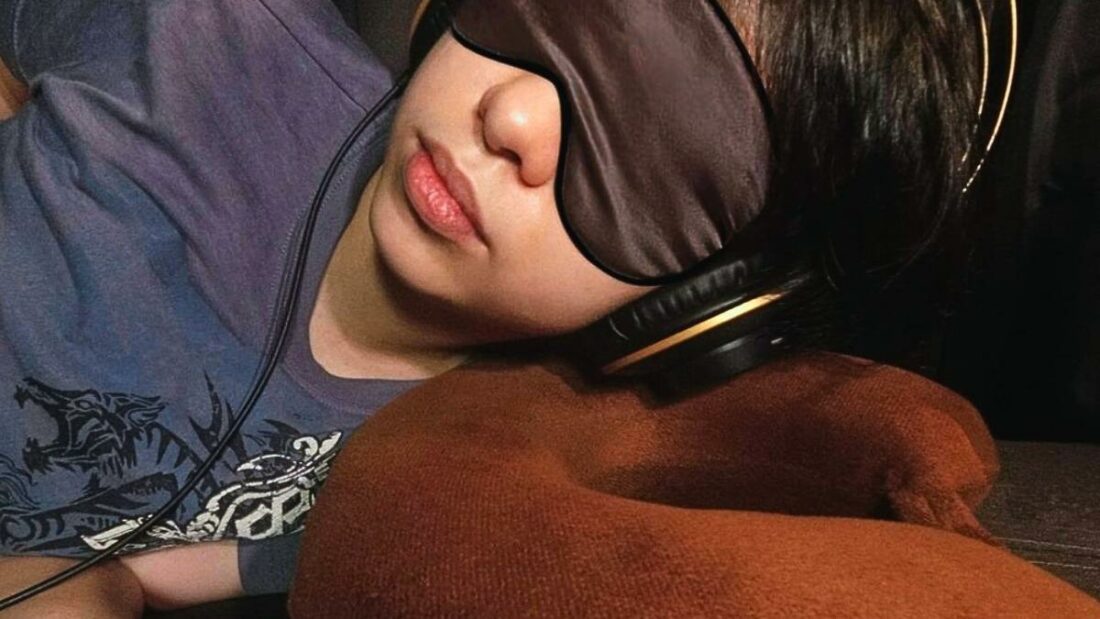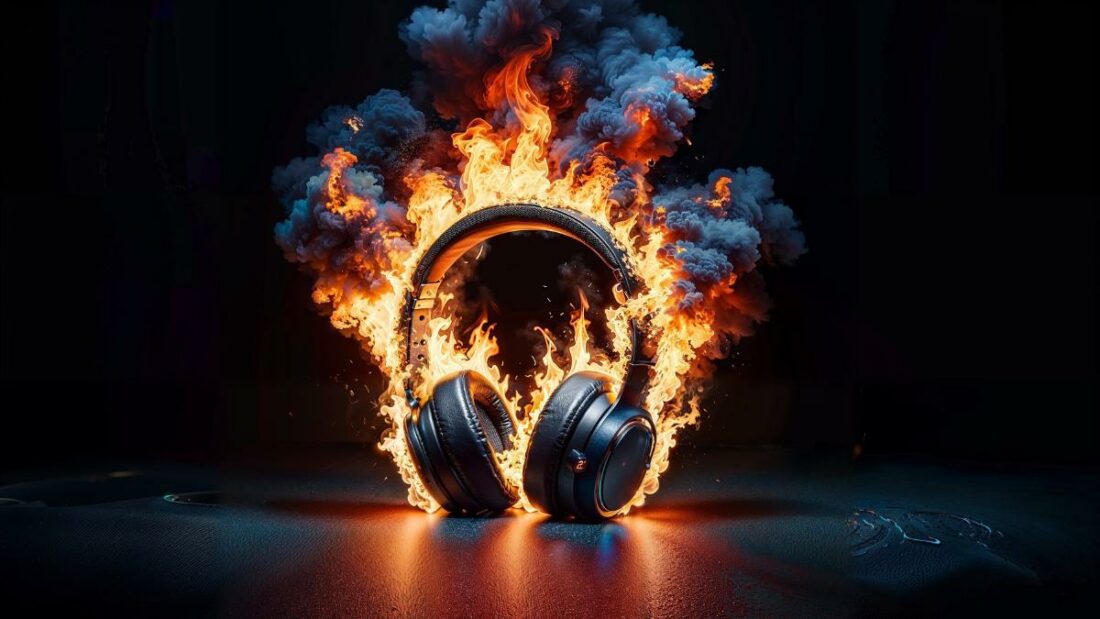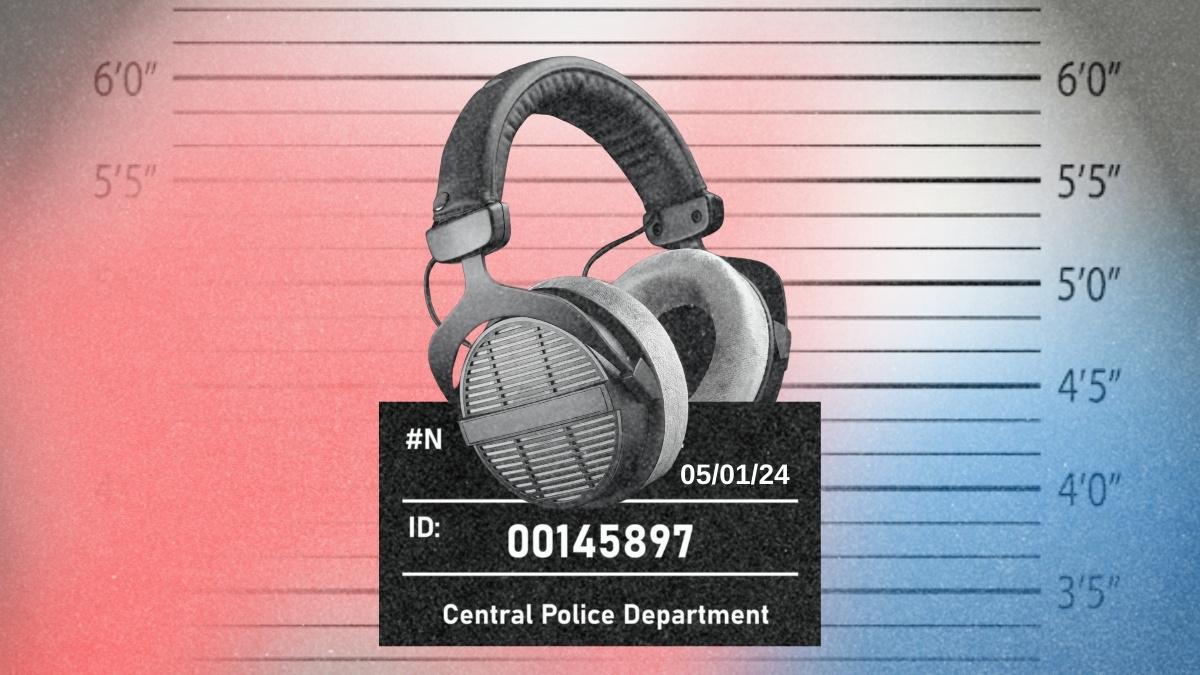PSA: Your life is worth more than your headphones and playlists.
Headphones offer a way to block out the world and immerse oneself in music. However, they’ve also been known to cause fatal accidents when used outdoors, especially when we’re zoning out.
We’ve compiled a list of different accidents linked to headphone use. By shedding light on these stories, we hope to emphasize the need for vigilance and care when using any type of headphones in any setting.
- 1. Decapitation by Headphones
- 2. Unheard Warnings in a Sword Attack
- 3. Conveyor Belt Accident
- 4. Fall While Retrieving AirPods
- 5. Train Incidents With Noise-Canceling Headphones
- 6. Electrocuted by Headphones Plugged to a Charging Phone
- 7. Student Dies in Sleep While Wearing Headphones
- 8. Headphones-Related Traffic Accident
- 9. Faulty Headphone Explosion
- 1. Decapitation by Headphones
- 2. Unheard Warnings in a Sword Attack
- 3. Conveyor Belt Accident
- 4. Fall While Retrieving AirPods
- 5. Train Incidents With Noise-Canceling Headphones
- 6. Electrocuted by Headphones Plugged to a Charging Phone
- 7. Student Dies in Sleep While Wearing Headphones
- 8. Headphones-Related Traffic Accident
- 9. Faulty Headphone Explosion
1. Decapitation by Headphones

In Vadodara, India, a horrific elevator accident led to the decapitation of a 48-year-old factory worker, Sushila Vishwakarma.
According to reports, her headphones snagged on the collapsible grill door of the factory’s elevator. Then, she leaned out of the grill door in an attempt to detangle them until the elevator ascended. Her body was found on the third floor, and her head on the ground floor.
The police say her phone was found lying next to her, still playing music at the time of her discovery.
2. Unheard Warnings in a Sword Attack

Daniel Anjorin, a 14-year-old student, was attacked by a sword-wielding man in East London.
Monzo, who has been accused of murdering Daniel and injuring four others, confronted the teenager while he was wearing headphones on his way to school.
Neighbors tried desperately to warn Daniel, but their shouts went unheard.
3. Conveyor Belt Accident

At a golf cart plant in Evans, Georgia, 21-year-old Alyssa Drinkard died trying to retrieve her AirPods from under a conveyor belt.
Her co-worker had offered to retrieve them for her at a safer time, but Drinkard decided to reach for them right away. As she did so, her arm became caught in the moving parts of the conveyor belt, leading to severe injuries.
Emergency measures were taken to stop the conveyor and dismantle parts of it to free her. Unfortunately, despite the quick response, she succumbed to her injuries at the hospital.
4. Fall While Retrieving AirPods

A 26-year-old construction worker named Fan lost his life after falling from the fifth floor of his apartment building in Sai Wan, Hong Kong.
The accident occurred around 1 a.m. as he attempted to retrieve his AirPods, which he had accidentally dropped onto a metallic canopy outside his window.
Eyewitnesses initially mistook his actions for an attempted suicide and tried to intervene. Fan reassured them that he was not trying to harm himself.
But, as he leaned out attempting to retrieve them, he lost his balance and plummeted, suffering fatal head injuries. He was later pronounced dead at Queen Mary Hospital.
5. Train Incidents With Noise-Canceling Headphones

The dangers of noise-canceling headphones became quite obvious in several separate incidents involving trains. Here are a few memorable ones:
Jakob McCloe, 17, was walking along the Norfolk Southern Railroad Tracks in New York when he was struck by a train. Despite multiple warnings from the engineer, McCloe did not notice the approaching train, leading to the fatal accident.
Jacob Hicks, 16, met a similar fate in Oshawa, Ontario. A local bylaw had banned the use of train whistles in specific areas to reduce noise pollution. This regulation, combined with Jacob’s use of headphones, prevented him from hearing an approaching CN train, ultimately leading to the accident.
In another incident, Janaki Rose Hayes, a 27-year-old resident of Truckee, California, met a tragic end while jogging along the train tracks. Despite crossing multiple streets and making her way to the tracks, Hayes did not hear the train due to her headphones, leading to a deadly collision.
6. Electrocuted by Headphones Plugged to a Charging Phone
Mohd Aidi Azzhar Zahrin, a 16-year-old from Malaysia, was electrocuted while wearing headphones connected to his charging phone. His mother discovered him motionless on the floor, initially thinking he was asleep. After trying to wake him and finding his body cold, she realized the gravity of the situation.
Upon closer inspection, bleeding from his left ear indicated electrocution. Additionally, his brother experienced a slight electric shock upon touching the charging cable, pointing to an electrical fault. The placement of the headphones in or around the ears provided a direct path for the electrical current to travel to a sensitive part of the body, leading to serious injuries.
7. Student Dies in Sleep While Wearing Headphones

Speaking of sleeping with headphones, Mukta Basak, a 19-year-old college student from India, was also found dead with headphones in her ears.
Basak was sharing a bed with her mother and younger sister when her mother found her unresponsive in the morning. Doctors suspected a heart attack, and recommended an autopsy at Burdwan Medical College and Hospital to investigate further.
These conditions are significant risk factors for cardiac ailments. Continuous stress on the auditory system and the associated physiological strain can exacerbate these health issues, potentially leading to severe consequences like heart attacks.
8. Headphones-Related Traffic Accident

Kayla Jackson, a 15-year-old high school student, was struck by a vehicle while walking along Tuckaseegee Road. Wearing headphones, Kayla was likely unaware of her surroundings and walked into the path of an oncoming car.
The driver, Ivory Gabriel-Brown, attempted to swerve to avoid her but was unable to prevent the collision. Despite immediate medical attention, Kayla succumbed to her injuries.
9. Faulty Headphone Explosion

In Rajasthan, India, 28-year-old Rakesh Kumar Nagar lost his life when the Bluetooth earphones he was using exploded. The blast severely damaged his ears and left him unconscious.
Despite being rushed to the hospital, Nagar succumbed to his injuries, likely from cardiac arrest triggered by the traumatic explosion.
The inexpensive “local” brand earphones were suspected to be substandard, potentially causing the blast when combined with a power surge after a brief outage. However, even reputable brands like Beats and Apple have faced similar explosive incidents with their headphones.
